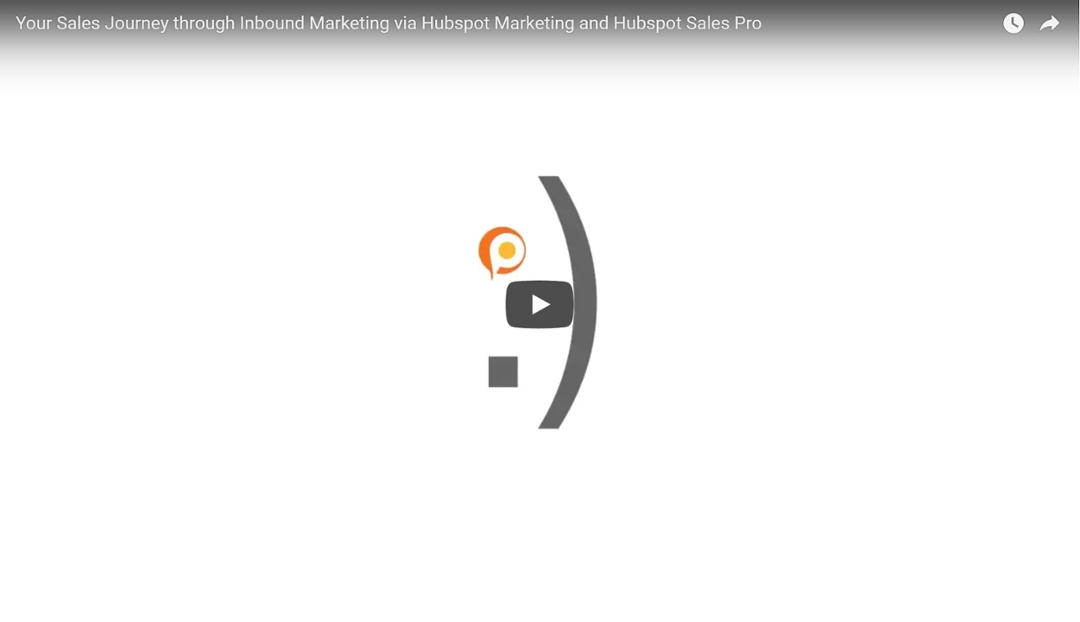In case you haven't realized, your staffing agency is dying for a holistic, legitimate, engaging strategy for blogging.
Selling staffing services (more HERE) isn't as straight-forward as it once was. The digital media revolution has insisted that you change the way you do business, and if you're open to it, I have some ideas about how to develop an effective blogging strategy for attracting new customers, engaging old ones, and staying connected to the best talent on the market.
It's the most important of all of your b2b marketing solutions.
Blog writing services do more than just recording your stream of consciousness or churning out another tired post about when and how to quit your job. It's about providing real value with valid marketing objectives driving the message. It's as scientific as it is creative, and should fulfill several components of your lead conversion path. It should attract visitors and put them on a journey towards becoming your customer or recruit.
Here are 5 steps that any agency can deploy to build a killer marketing strategy by way of the blog:

Storytelling means telling a real story:
When the housing bubble burst in 2008/2009, we were left with minuscule amounts of job placement opportunity among an ocean of highly qualified staffing reps. Standing out and even mere survival was really, really hard, and it pushed us into doing things we never thought we'd do, or certainly things we never thought would work.
I remember developing a social media & email campaign using the naming of my kitten to get calls-back from valuable prospects - which received hundreds of votes, and actual 3rd party promotional efforts as passionate advocates of "Chandler" fought against the "Professor Chaos" followers (Professor Chaos won - thanks to a kindergarten class whose teacher was related to one of my prospects).
Yes, it was a little strange, but more than 6 years later I am still hearing about it - and it seemed to help when those precious few jobs became available.
Now, I'm not saying you should blog about your cat, because that's not going to get you where you want to go. It's meant to serve as a reminder that facts tell and stories sell. Blogs fulfill a very important touchy-feeling component to your marketing and make your customers feel closer to you.
Like that social media campaign, blogs are not meant to advertise your products or services, but to tell a story that people can relate to. Back then we all needed a distraction from the carnage of our economy, so it worked. Today, business is stronger than ever, but so is the competition.
~ MORE LIKE THIS: How to Sell Staffing Services from the Top Down - Be Different
Step 1: The technical stuff
This is an important part of the process, because this will help you figure out what to blog about, how to do it, and when.
KEYWORDS: There is no secret about how important blogging is to your SEO strategy. This is one of the biggest differences between those who achieve organic traffic and those who pay for it. Don't just write to write. Tell a story that revolves around keywords that your prospects are typing into search queries.
I recommend getting a software program to help you identify these words while ranking your company. Moz Pro is awesome. WordPress has some limited support. I use Hubspot because it takes those keywords and applies them to my website, emails, and blogs. You want some traffic and low difficulty. Long-tail keywords are the best because they're more specific, and people are no longer just typing "staffing agency" into their search queries. We're a lot more random than that.
FORMAT: There are three types of posts I recommend: The List, the How-To, and the Visual. Don't go too thin. Studies continue to validate the need for longer-form posts of 1,500 words or more. Google doesn't like "thin" content anymore than your visitors, so make sure you have ample detail, but try not to ramble.
TIMING: It's everything, as they say, so don't post your blog at 2am on a Sunday unless there is a specific reason for doing so. Don't you want readers? Then find times that make logical sense, but don't be afraid to experiment. I like posting Mondays and Wednesdays or Tuesdays and Thursdays. It depends on the nature of my post and my target audience. Sometimes, I'll do it on Tuesdays and Wednesdays. Follow the data, and make the choices that make the most sense.
Step 2: Let your employees lead the charge

I love marketing, I do... but your sales force is on the firing line, and probably work directly with your recruiters or fill their positions themselves. They can write from the heart about every day problems your clients experience, whereas marketing will be writing about what they read in books.
If that's not possible, at least interview your field reps for the content - and let them get authorship credit. They may have great advice for developing great blog topics, which will help you build out that precious keyword strategy.
It's also going to help them tremendously when they go on that sales visit. I remember as a sales rep using certain technologies, like the video interviewing software, for my own personal brand development. I would go on sales visits all the time where I would introduce myself and they would already know who I was from those videos or the cat campaign.
Sales & marketing need to unite, and this is one of many powerful ways to get that done.
Step 3: Create a path for lead conversion

Now that you've created great blog topics using your keyword strategy (more on this HERE), you're attracting organic visitors to your website, so it's time to sift out those with potential for client conversion, and turn them into actual leads that you can call.
It starts - with downloadable content. Create something people can download that is relevant to your blog posts (or blog around your content AND keywords if you want to save yourself some trouble), and provide links and a Call-to-Action (CTA) to get them to a landing page that gates it with a simple form.
Simple, right? Just make sure that your CTA resembles the landing page, and has alternative image text (if using an image) that matches the keywords you're highlighting. And make sure Google doesn't index your thank you page, which will contain the actual link for downloading. You should also be able to instruct search engines to NOT follow submission on your form. (more on Fluid Marketing)
The form should gather just enough information... not too much or nobody will fill it out. Not too little, or your intel is going to be more work than it's worth. I use dynamic forms that change with each one filled out, so I'm gathering small nuggets, rather than asking for the whole chicken right away.
Step 4: Close the loop
![]()
Closed loop marketing implies that you cover all major aspects of the digital marketing spectrum. After people sign up for your blog or download content, they should become leads enrolled in a small email campaign to get them to try and take that next step in the buyer's journey. If they don't bite in a reasonable amount of time, turn it down... WAY down.
You should also be on social media - using it as a channel for distribution. And you should have a website with portals in and out of your site pages, other downloadable content, and your other blogs. Hit them with a shot-gun approach, because if you have a great blog but no social media strategy - it goes nowhere. If you don't follow-up by email, you're going to miss out on major personalization opportunities.
But to REALLY close the loop, you should have analytics tools that tie it all together. You should be able to see traffic that came to your website because of social media or organic search, and how exactly they found you. Hubspot ties it all together for me, so this is easy, but most people only have strong analytics in one area or another, and spend way too much time trying to weave it together than they should have to.
What this also does is help you transition your marketing qualified leads to sales. The best systems will automatically populate your CRM with updated prospect information as it happens live.
Step 5: Do it often
The more you put into blogging, the more it will put into you. Your keywords, your social media strategy, and your sales reps will all support this effort, but it will only pay the big dividends if you make it a part of your normal, every day sales & marketing outreach strategy
If you want to get found online - blog:
The purpose of blogging escapes most, which is why you'll be three steps ahead of your competitors by deploying a robust strategy. It's how to sell staffing services post Great Recession and ride the wave of the digital revolution. Google continues to mature, and blogging has firmly positioned itself as one of their favorite engines for search interest.
Your biggest competitors understand the value of blogging, but they don't necessarily get it right. Many are still using it as a platform for spammertising, and it's only helping folks who choose the path of education.
Still not convinced? Check out the video below to see how blogging sparked a closed deal within 30 days:



COMMENTS